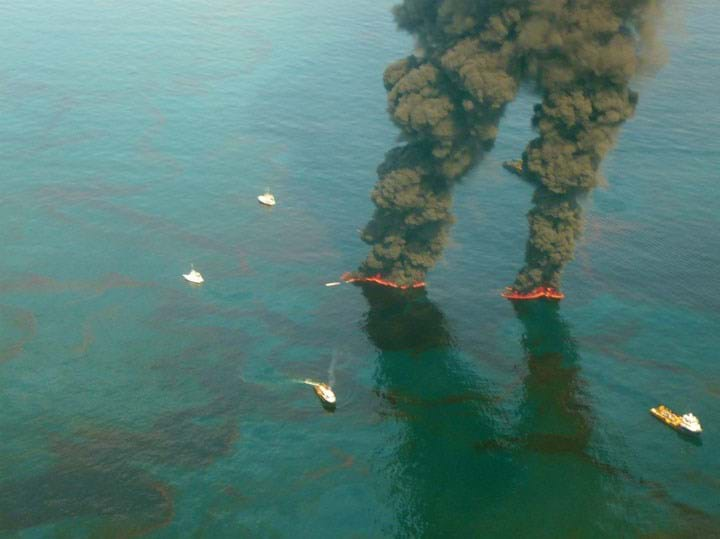After the spill: an introduction to the series

TEN years ago today 11 workers died and 17 were seriously injured in an explosion aboard the Deepwater Horizon drilling rig off the coast of Louisiana, US. The rig burned for two days before it sank, triggering the worst offshore oil spill in history.
Investigations would later recount the series of technical and human failures that led to the disaster; along with the failures of management, communication and regulation that propagated them.
The environmental consequences have been staggering. An estimated 5m bbl of oil were spilled into the Gulf of Mexico, producing a slick that spread more than 110,000 km2 and contaminated more than 2,000 km of shoreline habitats. The US National Oceanic and Atmospheric Administration has estimated that trillions of organisms from the bottom to the top of the food chain have been killed and ten years on, scientists are still working to understand the impact on Gulf ecosystems. It’s a tragic legacy, with restoration projects set to continue past 2031.
A decade on, we have invited a series of experts to remind us of the lessons learned and what has changed – or hasn’t – in the intervening years.
Geoff Maitland, who chaired an independent review of offshore regulations following the disaster, explains how the disaster unfolded and how engineers battled for months to bring the spill under control. As ever, we must strive to remember the lessons learned in order that the same mistakes are not repeated. You can read his article here.
It took more than 80 days to stop the stricken well from spewing oil into the Gulf of Mexico. Subsea blowout control experts Scott Powell and Scott Vickers look at how response requirements have changed following Deepwater Horizon. But with well control having lagged behind the oil industry’s push into ever-deeper waters, the authors note that more can be done. You can read their article here.
James Pettigrew of the Ocean Energy Safety Institute reviews the research into offshore safety that has followed since the spill. Read his article to learn more about how stakeholders came together and the papers they have published on setting a path for the technology development and technical guidance needed to boost safety.
Finally, we have Kristen Kulinowski and Mark Kaszniak of the US Chemical Safety Board look at the recommendation the agency issued following its investigation into the disaster, and issue the stark warning that offshore drilling remains unacceptably hazardous. Read their article here.
Recent Editions
Catch up on the latest news, views and jobs from The Chemical Engineer. Below are the four latest issues. View a wider selection of the archive from within the Magazine section of this site.




